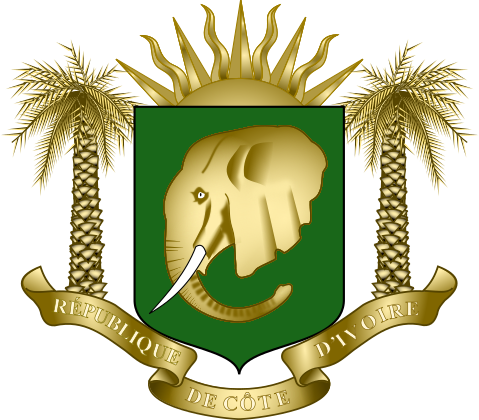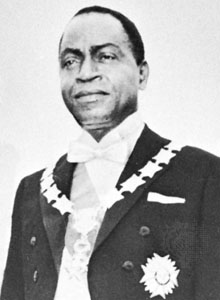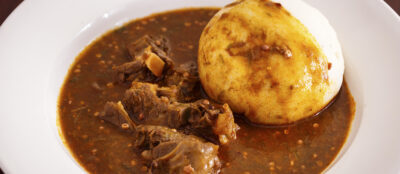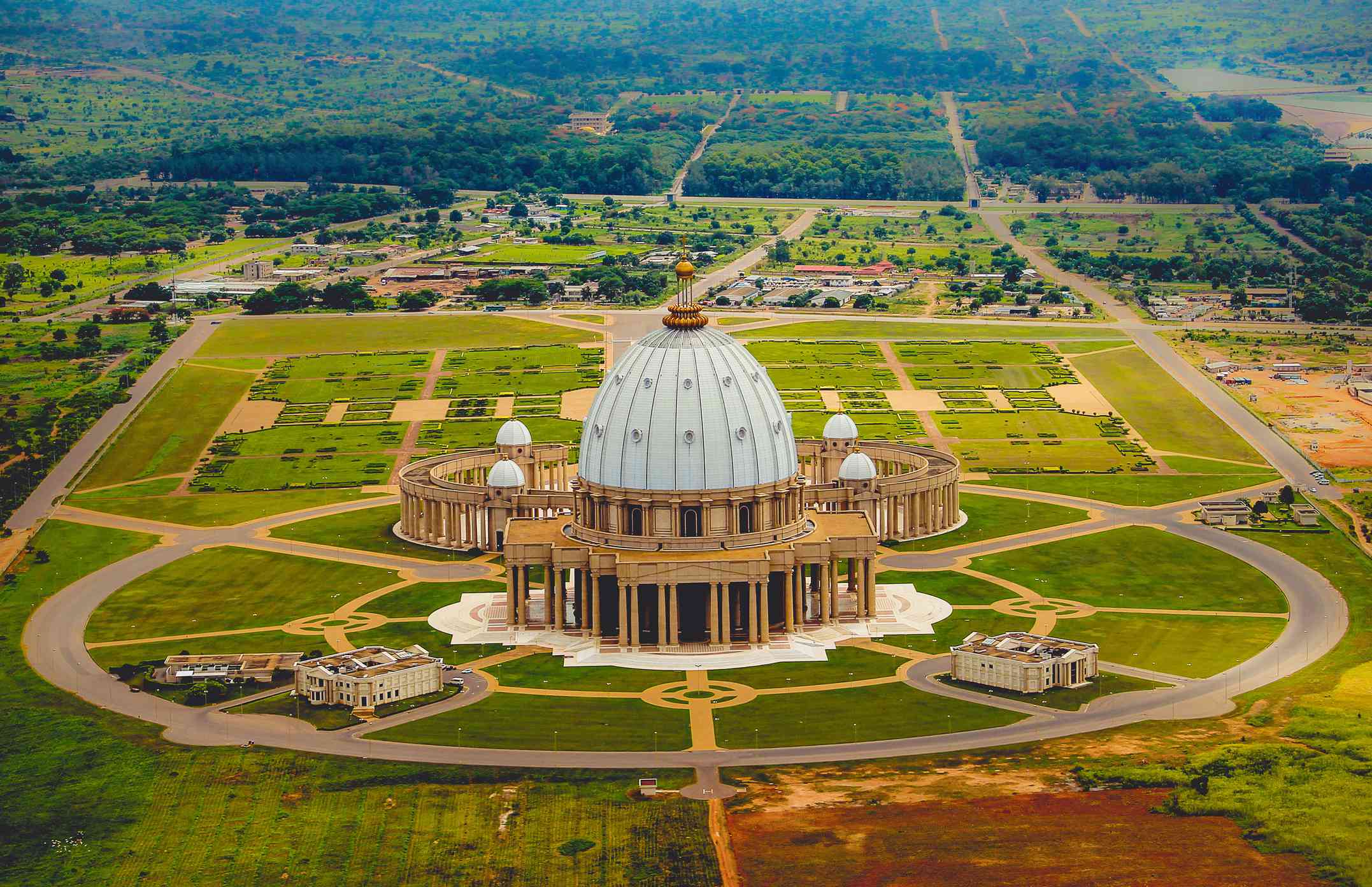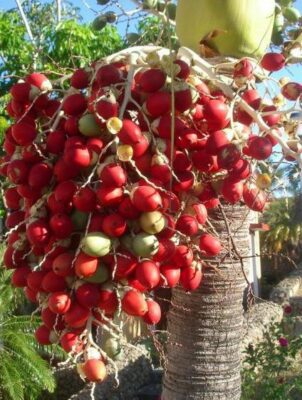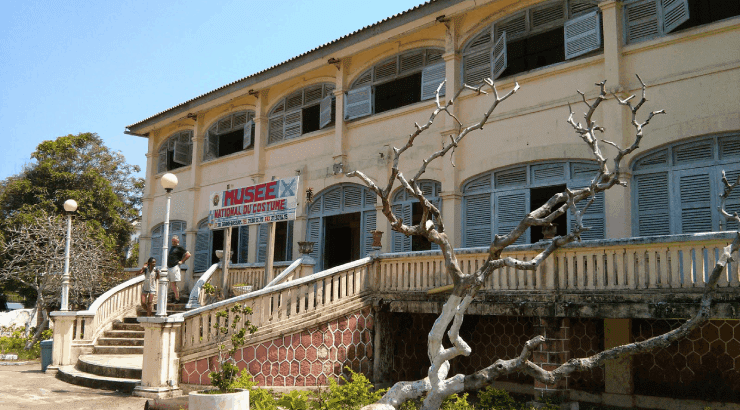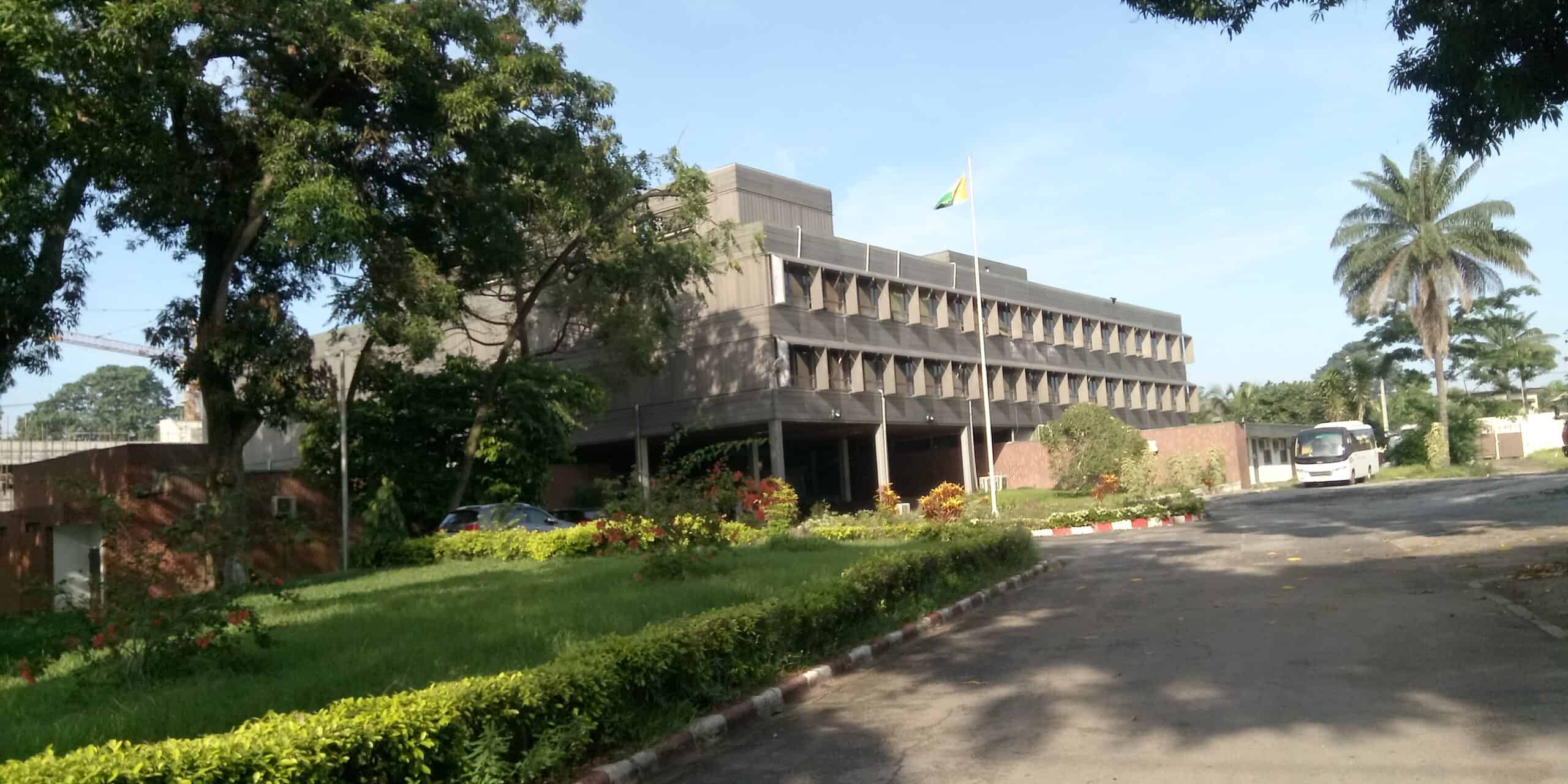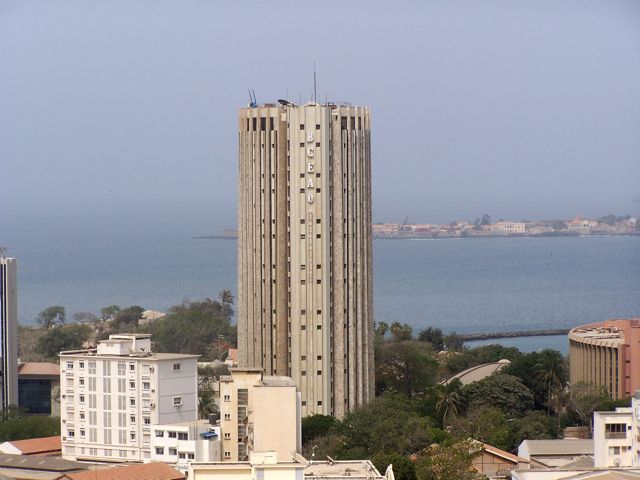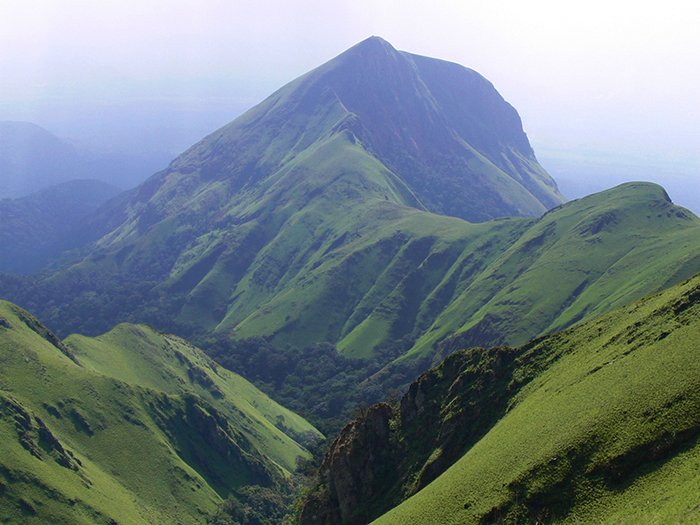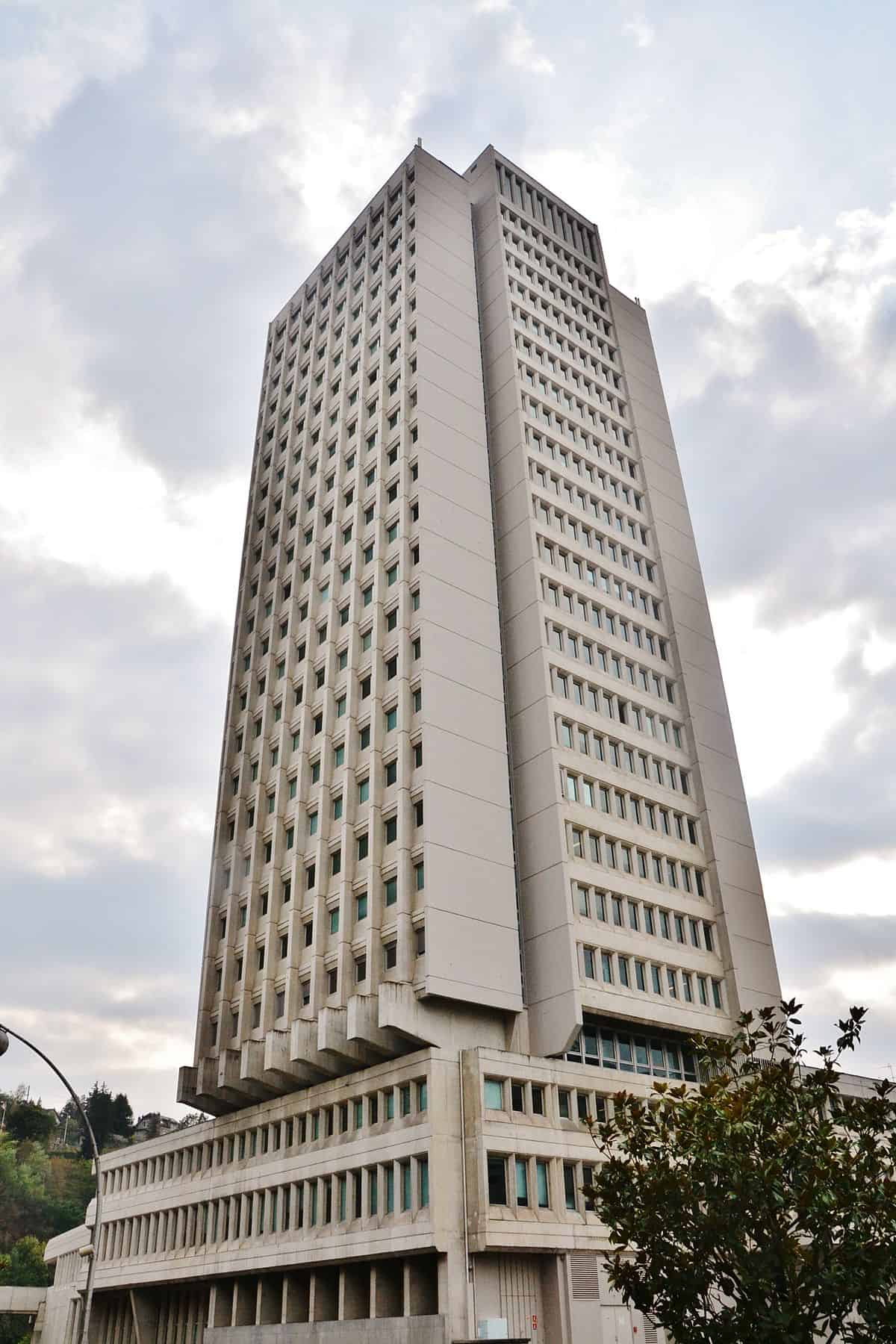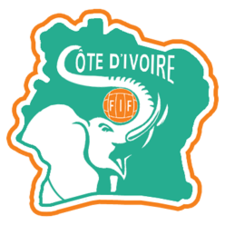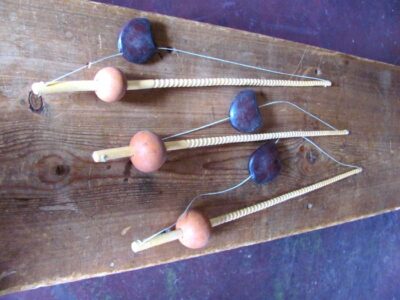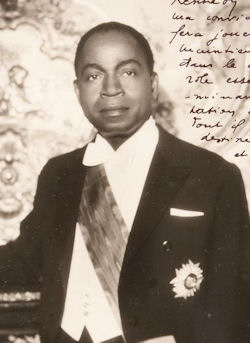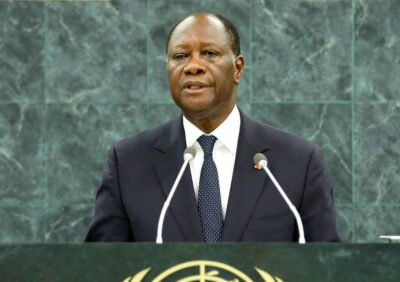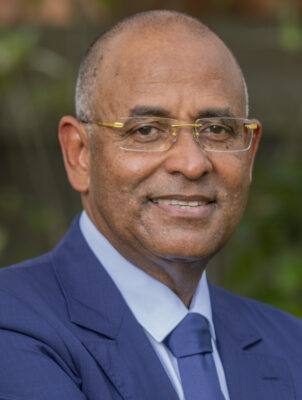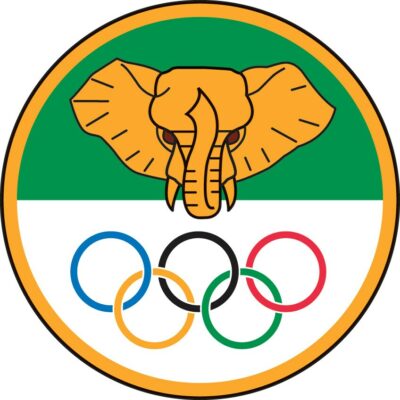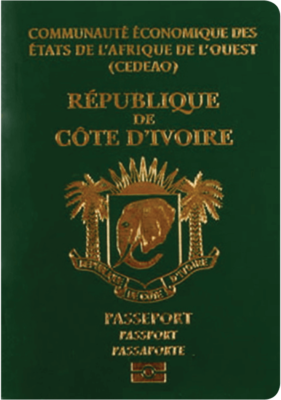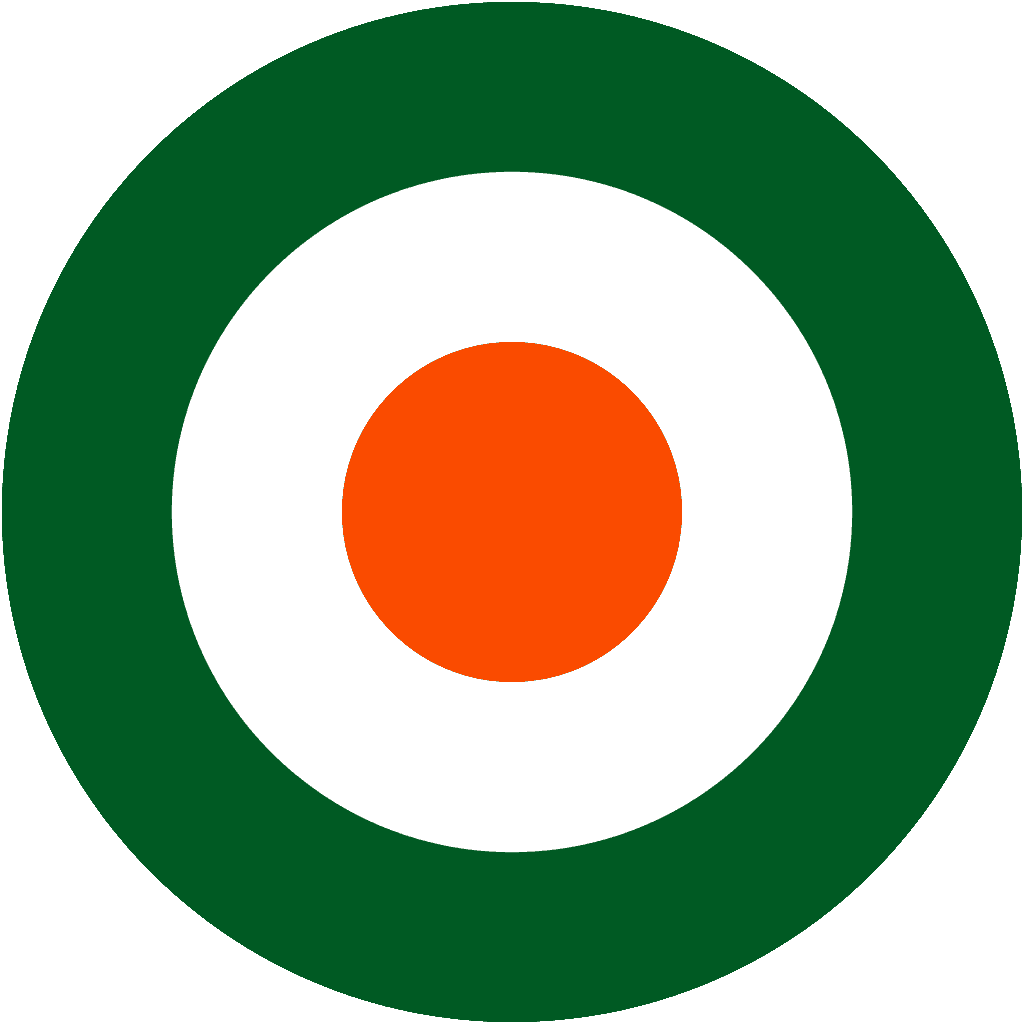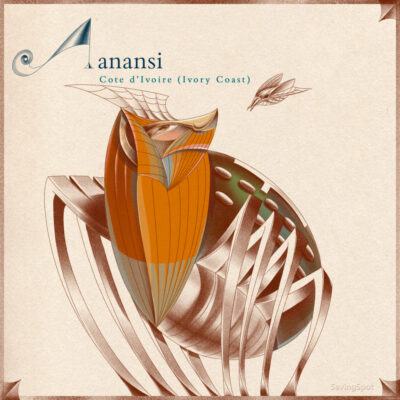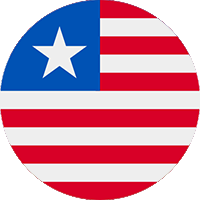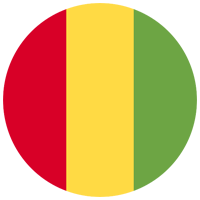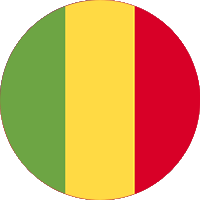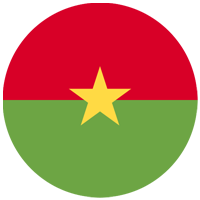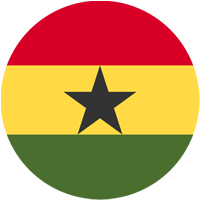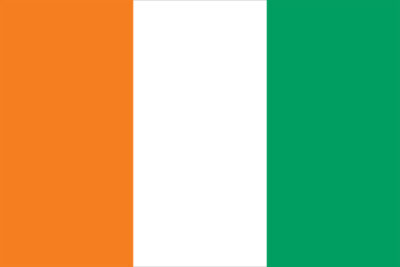National Symbols of Côte d’Ivoire
Last updated on August 19th, 2023 by Editorial Staff
Table Of Contents
By | Updated on August 19, 2023
Reviewed by Rittika
Ivory Coast also known as Côte d’Ivoire is a country in Africa. The official name of Côte d’Ivoire is Republic of Côte d'Ivoire. It shares borders with 5 countries: Liberia, Guinea, Mali, Burkina Faso, and Ghana. The people of Côte d’Ivoire are called Ivorians. The country is situated in Western Africa, bordering the North Atlantic Ocean, between Ghana and Liberia.
Etymology discusses where a term is considered to have originated from and how its meaning has changed over time. Etymology has been a factor in the naming of countries all across the world, and Côte d’Ivoire has also been influenced. The etymology of Côte d’Ivoire can be defined as; “Ivory Coast” in French, from its previous involvement in the ivory trade. Similar names for Côte d’Ivoire and other nearby countries include the “Grain Coast”, the “Gold Coast”, and the “Slave Coast”.
An ethnicity is a group or sub-group of people who are connected based on common characteristics which may include religion, origin, language, traditions, or culture. The ethnic groups in Côte d’Ivoire include Akan, Voltaiques / Gur, and Dyula.
Air Côte d’Ivoire is the national airline of Côte d’Ivoire. The national colors of the country are orange, white, and green. The emoji flag of the country is ????????, and the ISO code is CL.
Côte d’Ivoire is known for being the world’s leading exporter of cocoa and raw cashew nuts. The national dish of Côte d’Ivoire is Fufu. The national instrument of Côte d’Ivoire is Ahoko.
The country has the time zone UTC (GMT) followed by dd/mm/yyyy as the standard date format.
Côte d’Ivoire is divided into 31 regions and 2 autonomous. Abidjan is Côte d’Ivoire’s largest city, while Yamoussoukro serves as the capital.
The literacy rate in Côte d’Ivoire is 53.1%.
The country’s total area is 322,463 km² (124,504 sq mi), and the total population is 26,378,274. The country’s average elevation is 250 m (820 ft), whereas the country’s terrain can be defined as; Mostly flat to undulating plains; mountains in the northwest. The country’s usual climate is tropical along the coast, semiarid in the far north; three seasons – are warm and dry (November to March), hot and dry (March to May), and hot and wet (June to October).
The area of land next to a sea is called the coast, and a coastline is defined as the line where land and sea meet. Côte d’Ivoire has 515 km of coastline.
The West African CFA franc serves as the national unit of currency, and the Central Bank of West African States is recognized as the country’s central bank. The domain for Côte d’Ivoire is .ci and the country code is +225. The elephant is the country’s coat of arms.
Museums are known to educate and connect visitors with the nation’s history, culture, civilization, art, and architecture. The National Museum of Abidjan serves the same purpose and is considered one of the most significant tourist attractions. The National Museum of Abidjan is home to a large collection of artifacts. It has been designated as the national museum of the country.
The national dress of Côte d’Ivoire is the Traditional Kita, and 7 August is designated as National Day. In Côte d’Ivoire, the majority of the population practices Islam, Christianity Catholicism, and Protestantism as their religion.
Nature is a blessing from God and we must protect it because it provides us with the oxygen and food to survive. It also helps to keep our environment beautiful and clean. To emphasize the significance of nature, Côte d’Ivoire has selected a few forces of nature as national symbols. Côte d’Ivoire’s national bird is the White-cheeked Turaco, while its national animal is the Elephant. The national flower is Baobab Flower, whereas Red palm fruit is the country’s national fruit. The highest peak is Mont Richard-Molard.
Mythical creatures can be found in the literature and mythologies of many different nations. They represent imaginative representations of various creatures, humans, or hybrids. They are known for their specific features, supernatural abilities, and distinctive appearance. The mythical creature of Côte d’Ivoire is Anansi.
Sports have always played an important role in developing the social and cultural structure of Côte d’Ivoire and other countries. When it comes to designating a sport as the official symbol, Football is considered the country’s national sport.
Félix Houphouët-Boigny is the founder of Côte d’Ivoire. The country’s national anthem was written by Mathieu Vangah Ekra, Joachim Bony [fr] and Pierre Marie Coty, and composed by Pierre-Michel Pango .
The country’s national hero is Félix Houphouët-Boigny.
Due to their unique qualities and rich cultural or historical backgrounds, national monuments around the world are of great importance. The Basilica of Our Lady of Peace is recognized as the national monument of the country. It attracts visitors from all around the world.
Numerous organizations are working on a global level to improve the current state of affairs and to collaborate in order to establish and maintain constructive partnerships. Côte d’Ivoire is a member of the African Union (AU), Organisation internationale de la Francophonie (OIF), Organisation of Islamic Cooperation (OIC), and United Nations (UN). Côte d’Ivoire collaborates with them to organize, analyze, and address various events and situations.
“Union, Discipline, Travail -“Unity, Discipline, Labor” is the official motto of the country.
Patrick Achi is the current Prime minister of Côte d’Ivoire, and Alassane Ouattara is the President.
Côte d’Ivoire has declared French as the country’s official language.
– Learn about Côte d’Ivoire flag color codes and their meanings –
– Further information regarding the symbols and knowledge of Côte d’Ivoire can be found in the table of contents –
Country information
Coat of arms
Flag map of Côte d’Ivoire
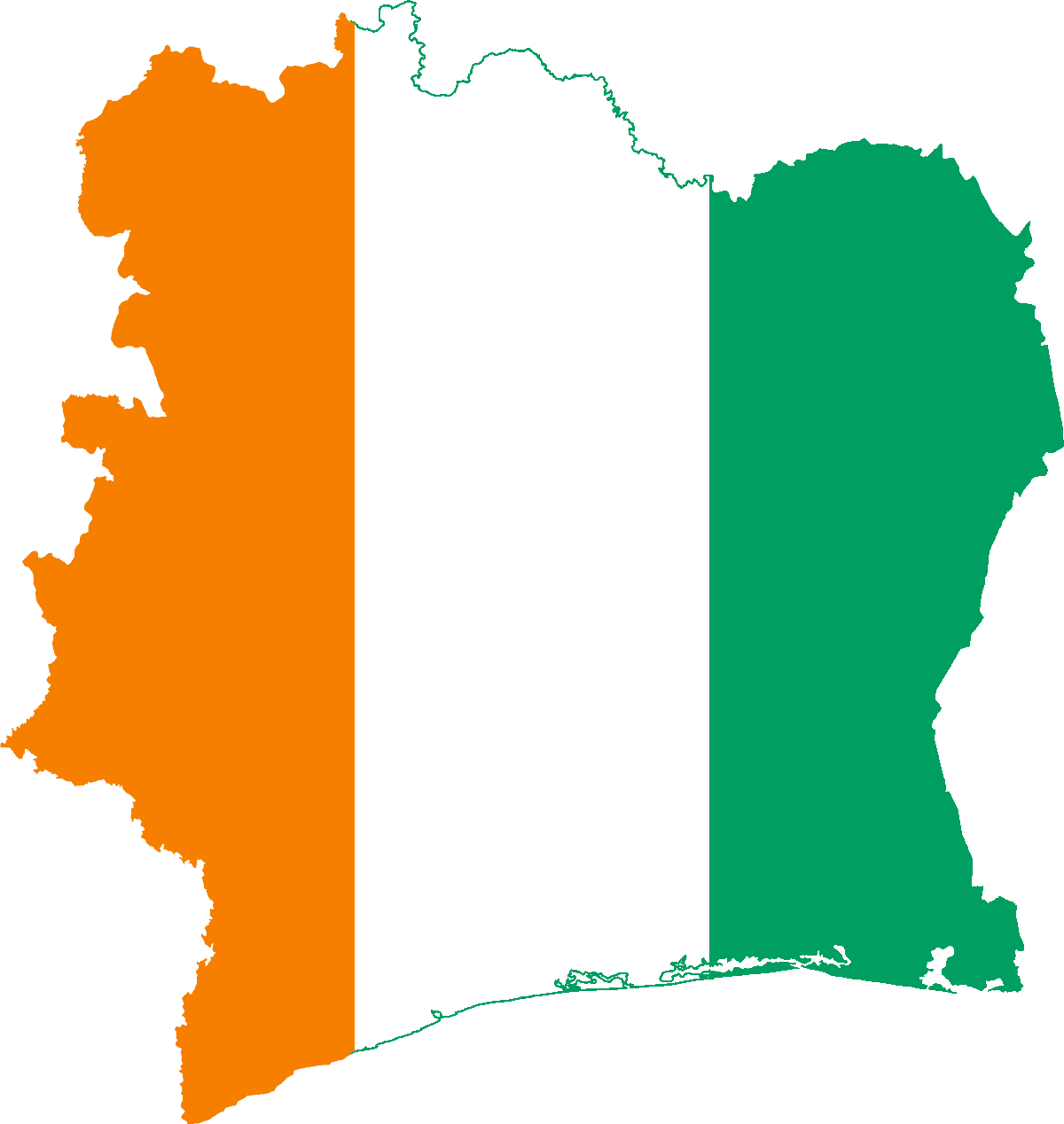
Motto of Côte d’Ivoire
Union, Discipline, Travail -"Unity, Discipline, Labor"
National animal of Côte d’Ivoire
The National animal of Côte d’Ivoire is Elephant

National flower of Côte d’Ivoire
The National flower of Côte d’Ivoire is Baobab Flower. Botanical name is Genus Adansonia.
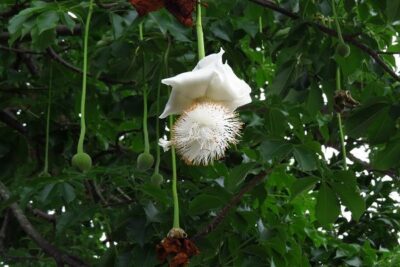
National bird of Côte d’Ivoire
The National bird of Côte d’Ivoire is White-cheeked Turaco
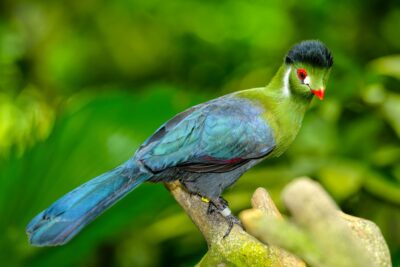
Rest of the National symbols of Côte d’Ivoire 👇
-
FounderFélix Houphouët-Boigny
-
National dishFufu
-
National danceZaouli
-
National dressTraditional Kita
-
National monumentThe Basilica of Our Lady of Peace
-
National anthemView Anthem
-
National fruitRed palm fruit
-
National drinkNo official National drink
-
National colorsorange, white, and green
-
National sportsFootball
-
National treeNot Declared
-
National poetNot Declared
-
National mausoleumNot Declared
-
National museumNational Museum of Abidjan
-
National libraryNational Library of Ivory Coast
-
Central BankCentral Bank of West African States
-
Highest peakMont Richard-Molard
-
Tallest buildingTour de La Cité Administrative De tulle ivory coast
-
National football teamCIV
-
Tourism sloganN/A
-
Emoji flag????????
-
National airlineAir Côte d'Ivoire
-
National instrumentAhoko
-
National heroFélix Houphouët-Boigny
-
PresidentAlassane Ouattara
-
Prime MinisterPatrick Achi
-
Olympics CommitteeComité National Olympique de Côte d'Ivoire
-
PassportPassport of Côte d’Ivoire
-
Air ForceCôte d'Ivoire Air Force
-
Mythical CreatureAnansi
Neighbouring countries of Côte d’Ivoire
Ivorian Proverbs - Popular quotes, proverbs and sayings.
A bird that flies off the Earth and lands on an anthill is still on the ground. Only a fool tests the depth of a river with no feet. Examine what is said, not who is speaking. If you want to know the end, look at the beginning. Knowledge is a garden. If it isn’t cultivated, you can’t harvest it.
